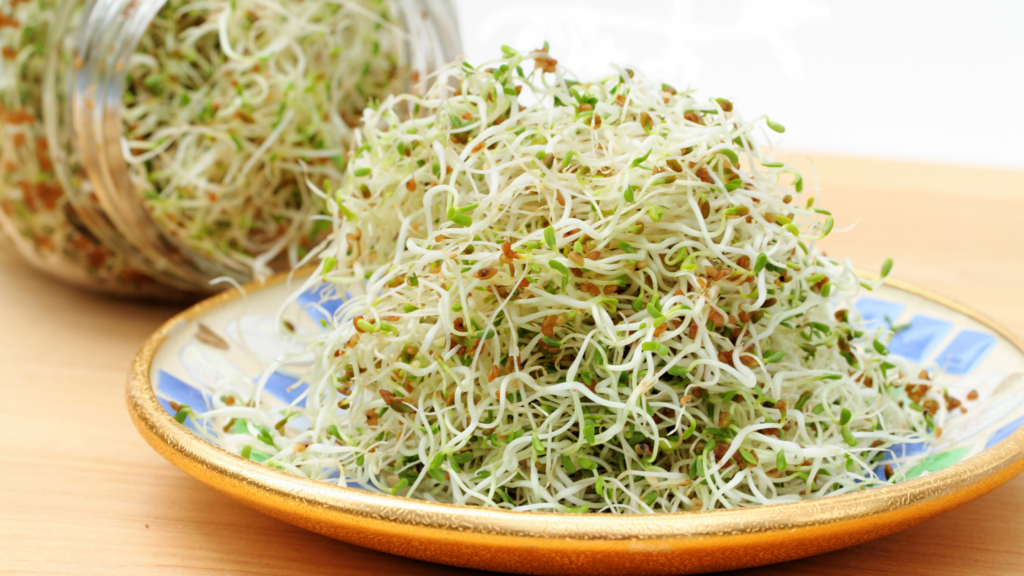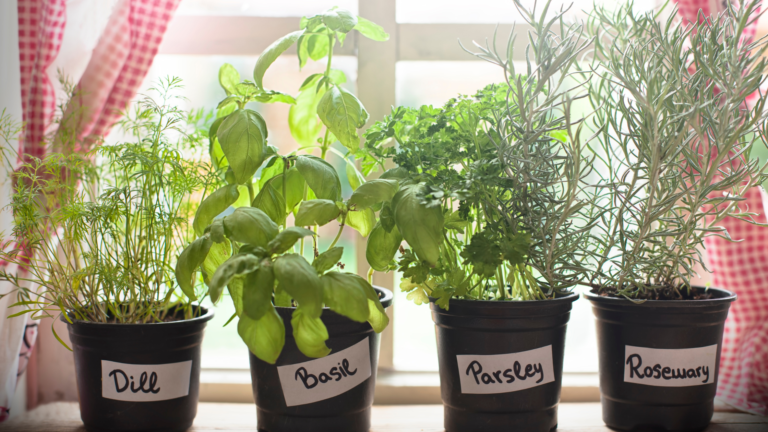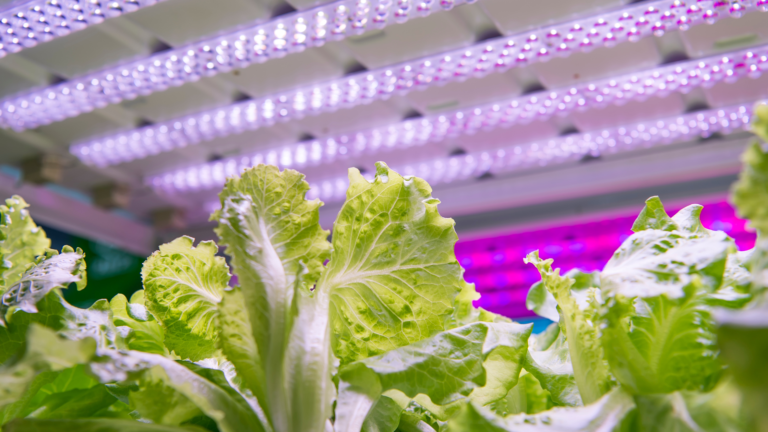What Are Sprouts?: Why You Should Grow This Power Food in Your Indoor Winter Garden?
What are sprouts? What’s so great about them? Sprouts are the perfect winter food. You can grow them yourself in your indoor garden! Read on to learn more about what sprouts are, why you should eat them, and how to grow them at home.
This post contains affiliate links, which means I receive a small commission, at no extra cost to you, if you make a purchase using this link. Please see my disclosure for more details.
I started growing sprouts as a way to provide fresh greens to my family during the winter months. We found them a delicious crispy addition to soups, salads, and sandwiches.
Well, researching how to get started, I ended up buying an amazing sprouter on Amazon and we now have two trays going at all times – one for our own use, and one that we share with friends and family.
Read This Post To Learn About The Victorio Kitchen Crop: The #1 Best Sprout Maker To Grow Fresh Sprouts All Winter Long

What are Sprouts?
Sprouts are tiny, immature plants that have not yet developed leaves or flowers. They are typically eaten when they are only a few days old and still very small. These little plants can be grown from almost any type of seed, including beans, peas, lentils, sunflower seeds, and wheat berries.

What are the Benefits of Eating Sprouts?
Sprouts are a great source of nutrition. They are a healthy, high-growing food because of their nutritional value. They have high levels of protein, fiber, and vitamins A, B, and C. Sprouts also have important minerals such as iron and zinc. These power foods can be grown easily without a lot of tools or fuss in a relatively small space – perfect for indoor winter gardening!
Why Should You Grow Sprouts in Your Indoor Winter Garden?
You can grow sprouts in your indoor garden to get a healthy, crunchy snack. Yum! The best thing about growing sprouts is that they are very easy and low-maintenance. You don’t need a lot of space and you can grow them year-round which makes them the perfect choice for your winter indoor garden. What’s even better is that sprouts are inexpensive to buy and easy to make at home.
Free Printable Sprout & Microgreen Growing Tracker!
- Keep Your Crops Organized!
- Perfect Addition to Your Garden Journal
- Gorgeous & FUN
Sign up today to get instant access to the Sprout & Microgreen Tracker!

How to Grow Sprouts
The best way to grow sprouts is in a sprouter. A sprouter is a container with several small compartments that allow the seeds to be watered and drained easily. You can buy one or make your own from an old jar or plastic food storage container. Growing sprouts in your winter garden are super easy.
You’ll need just a few things to get started:
Step By Step Instructions for Growing Sprouts
Step #1 – Soak your seeds in water overnight or for at least eight hours.
Step #2 – Rinse the seeds with fresh water to remove any dirt that might have grown up along with them. Drain off all excess liquid and keep rinsing until there is no more foam coming from the seeds when they’re swished around by hand under running tap water.
Step #3 – Place the soaked seeds in your sprouter or jar, cover with a light towel and let them sit at room temperature for about 12 hours to germinate. Soaking is important because it helps get rid of anti-nutrients that might be present in some types of seeds (such as phytic acid) which can prevent the absorption of important nutrients.
Step #4 – After 12 hours, drain all excess water from your seeds and rinse them again. Drain off any remaining liquid and place a lid on top to keep in moisture while they’re growing. Keep rinsing with fresh water two or three times per day, draining off excess liquid after each time you swish the seeds around.
Step #5 – In about two or three days, your sprouts will be ready to eat! They should be a nice green color and have a crispy texture. Enjoy them fresh in salads, sandwiches, or just on their own as a healthy snack!

Tips for Sprout Success
Frequently Asked Questions
Read This Post To Learn How To Start Your Own Seedlings This Spring: The Beginners Guide To Starting Seeds Indoors in 2021
The Last Thing You Need To Know About Growing Sprouts
If you’re looking for a way to add some variety and nutrients into your diet this winter, sprouts are an excellent choice. Growing them indoors can provide the fresh vegetables that you want without actually having to go out in the cold weather!
If you are looking for ways to get started on your journey to self-sufficiency by growing your own food, tell me in the comments below what you would like to learn about!








I had no idea sprouts were so good for you and so easy to grow! I love the extra tips section to get the most out of your sprout growing! Thank you for sharing this!
I love sprouts, so easy to grow, delicious and healthy 💚! My favourite is mung beans.
Great post!
I love sprouts but I had no idea that they were so nutritious and easy to cultivate. Thank you!
Excellent post. Thank you for sharing this. I love growing my own food and sprouts are so easy. They are nutritious and are delightful in salads and sandwiches. Yum.